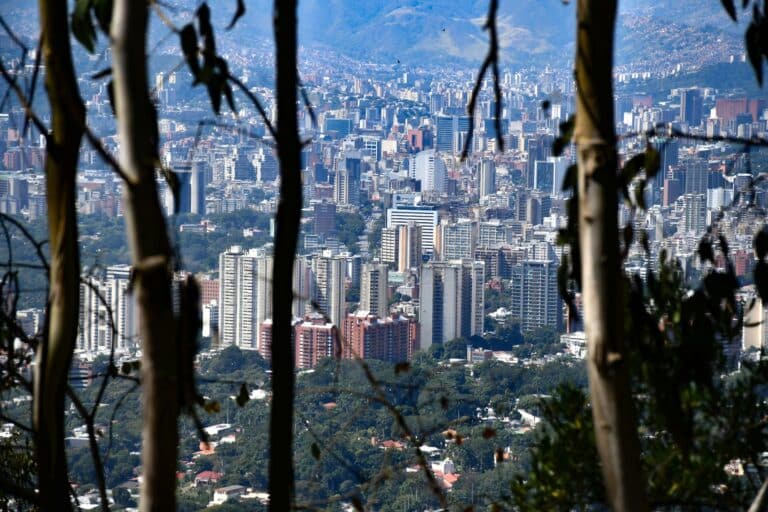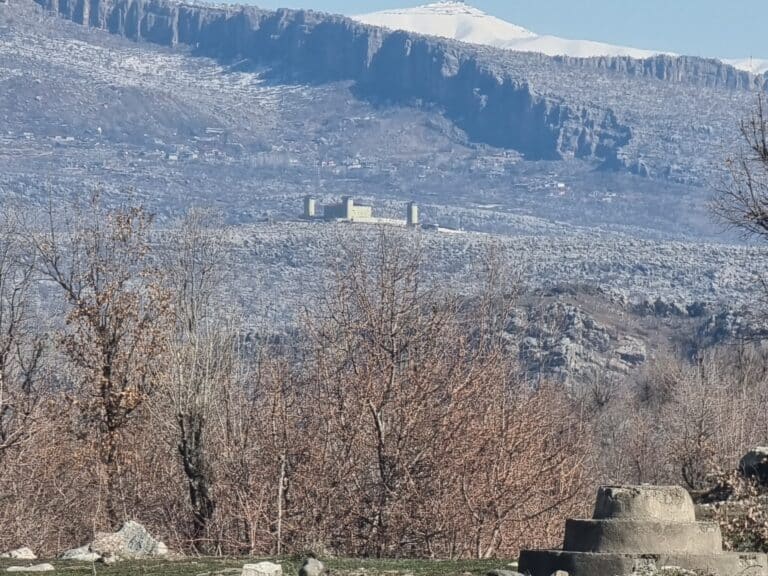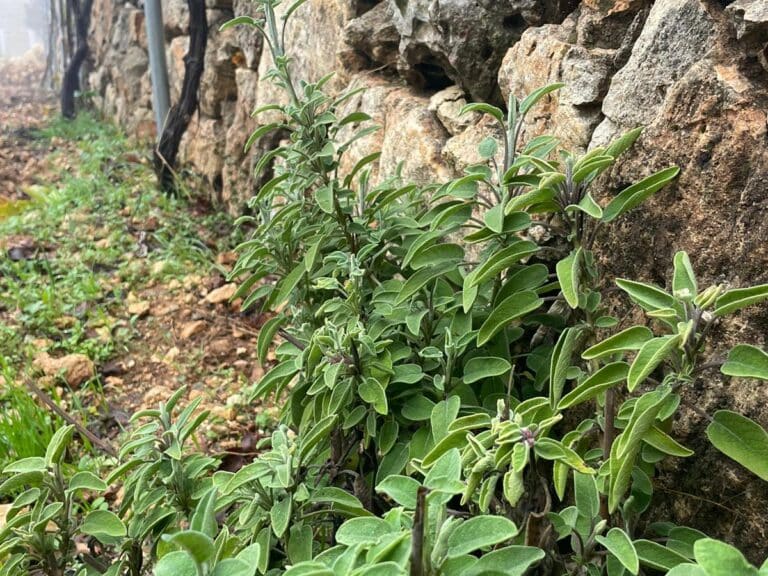A few days ago, one of my lectures at the university was about the Iraqi architect Zaha Hadid, the most famous Arab architect in the Arab world and a global creative mind. Many countries have eagerly sought to have at least one building with her signature, given her infinite creativity. She has executed more than 950 buildings in 44 countries around the world.
I then pondered, what if Zaha Hadid were invited to create one of her buildings within Palestinian territories? What would be the fate of this building?
Let’s imagine that, before 1948, Zaha Hadid had built a theatre, a university building, a football stadium, or any other structure on Palestinian land. The destiny and life cycle of this building would have changed based on its founding location and construction. Buildings usually become part of the heritage and history of a nation or a group of people, and these structures are supposed to stand, telling stories and history to future generations.
Unfortunately, I can only imagine the worst outcomes for that building. Let’s consider the first scenario: if the Palestinian people decided to have this building in Jaffa, the bride of the sea, the land of oranges for which this city was renowned. The building would intertwine ancient stones, reminiscent of the minarets of Jaffa’s old town, combined with glass. The building would overlook the sea, where waves would crash against it, witnessing a beautiful sunrise every day for this magnificent city.
This structure would have remained Palestinian until 1948, when the Palestinian catastrophe began, and its inhabitants were displaced from all their buildings. The buildings remained, keys taken by their owners in exile, waiting for their return. However, Israeli occupiers claimed these buildings, and suddenly, the buildings became the property of Israel through the force of arms and forced displacement, inhabited and used by settlers.
During the catastrophe, Israel expelled the Palestinians of Jaffa and inherited their city. Since then, the Israeli state and the Tel Aviv-Jaffa municipality have taken control of all Palestinian properties, changing the names of buildings and streets from Palestinian names, carrying the history of each building, to Israeli names unrelated to the city’s reality.

A real-life example is the Al-Hambra Cinema in Jaffa, built in 1936. After Palestine was occupied, the building was transformed to serve Israeli occupation purposes.
In the second scenario, if a Zaha Hadid building existed in the Palestinian capital of Jerusalem, the fate of this building would either be leaked through the British colonialization to a Jewish settler coming from Europe, who would become an Israeli occupier with properties in his name. Alternatively, the building could be divided into eastern and western parts, requiring Israeli approval for entry.
Simply, it might be demolished, and everyone inside killed, as happened in many Palestinian villages where residents were massacred and their buildings destroyed by Zionist gangs, like the Semiramis Hotel in Qatamon, west of Jerusalem, in 1948.
The third scenario would be a Zaha Hadid structure in the West Bank. Depending on its location, the building could have three different stories. If it were in Area A, it would be within a temporary safe haven. If it were in Area B, its fate would be shared between the Palestinian Authority and Israeli occupation. If the building were in Area C, the worst scenario would play out, where it would either be demolished or turned into an illegal settlement. Currently, there are 150 settlements and 128 outposts within the West Bank, housing more than 700,000 settlers.
The unique aspect of the West Bank is that the occupation can come and demolish your house for various reasons, none of which are legal, but all of which are given complete impunity. They might give you the opportunity to demolish it yourself, and if you refuse, you will have to pay them to destroy it, taking your land to build on.
The final scenario is building a Zaha Hadid structure in Gaza. As of 2008, this building would have faced numerous tragic events. Did you know that it could have been demolished seven times from 2008 until today?
Israel conducted seven wars on Gaza from 2008 until today, claiming the lives of thousands of innocent people and destroying thousands of buildings and homes that sheltered families, carrying history and the culture of the people. Families spent more than half their lives trying to build a home, a workplace, or a recreational slace, but Israel continuously carries out bombardments, wiping businesses, mosques, and whole residential blocks off the face of the earth.
Since 1947, more than 130,000 Palestinian buildings, including homes, theatres, cinemas, banks, and many others, have been demolished. An official statistic for the hundreds of thousands of buildings that are still being bombarded in Gaza has not been compiled yet.

Gazans have lost their homes, workplaces, shopping places, everything. Now they will start again from scratch. One of those buildings is the Al-Omari Mosque, part of every Palestinian’s childhood, as it is one of the holiest and oldest mosques in Palestine. Every Palestinian outside the Gaza Strip dreamed of visiting it, inspired by the stories passed down. However, it too, has been destroyed.
Zaha Hadid did not have a chance to exhibit an architectural wonder in Palestine. And will anyone now dare to build a structure in Palestine?




